
GROW GUIDE
Italian Oregano
Origanum vulgare
Plant Description
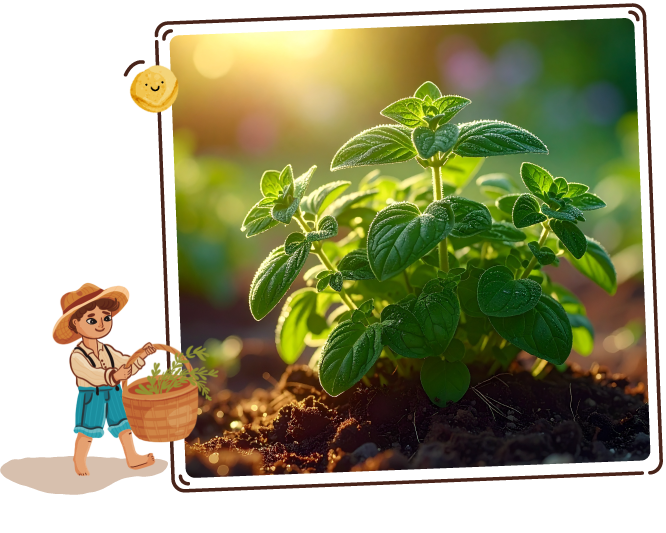
Italian Oregano
A hardy herb with petite, fuzzy, oval-shaped leaves that exude a subtle minty fragrance.
This kitchen essential, also from the mint family, is cherished for its bold, peppery flavor that enhances a variety of savory dishes.
Quick Facts:
-

Sun Requirements
Full Sun
-
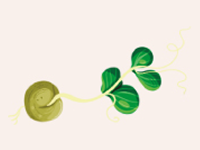
Days To Sprout
7-14 Days
-

Days To Harvest
60-90 Days
-
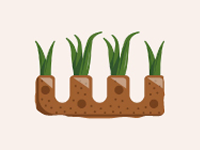
Plant Spacing
8-12"
-
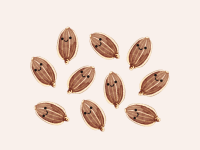
Seeds Per Hole
10
-
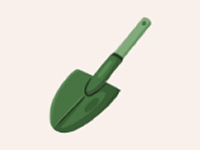
Planting Depth
1/4"
Best Planting Locations
-

Windowsills
Ideal for small herbs, requiring adequate sunlight
-

Raised Beds
Plant on edge or corner of raised bed, allowing plant to spill over and receive full sun.
-

Indoor Gardens
Grow lights and indoor setups ensure consistent warmth and light for year-round harvest.
-

Containers
Ideal for patios or balconies, providing easy access and control over water and soil conditions.
Getting Started
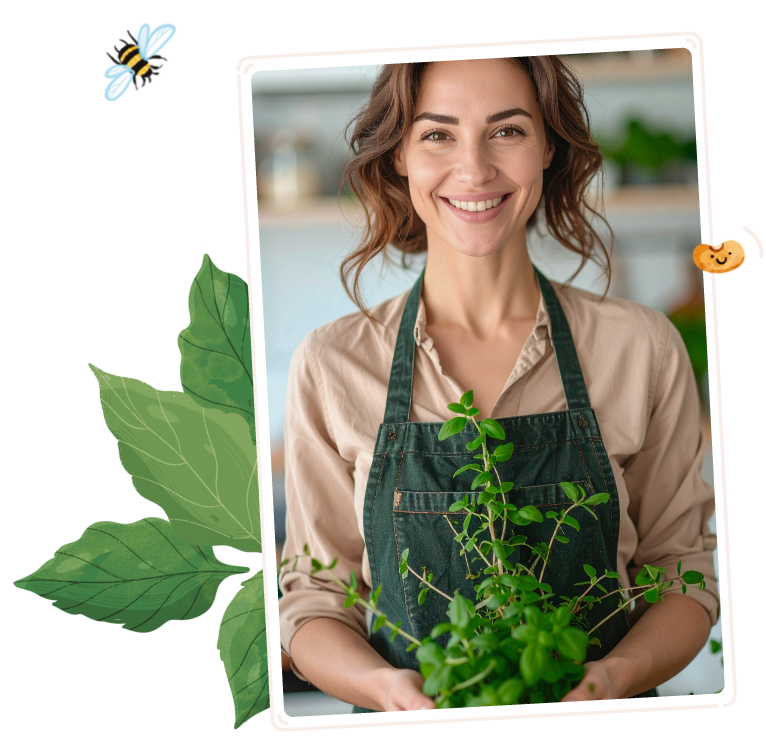
-
1
Find the Spot
Oregano thrives in sunny spots and well-drained, slightly sandy soil. Pick a spot that receives at least 6 hours of sun each day. If indoors, place it near a south-facing window.
-
2
Prep the Soil & Fertilizer
Use well-draining soil with a slightly sandy texture. Oregano is low-maintenance, but mixing in compost or using a balanced, slow-release fertilizer will encourage healthy growth.
-
3
Plant the Seeds
Plant 10 seeds or 1 seedling 1/4 inch deep in pots or the ground. Press the small seeds gently into the dirt without totally burying them as they require light to sprout.
During germination, gently mist with water to keep soil consistently moist, but not waterlogged.
Maintain a soil temperature between 65° to 70° F. Space plants 8-12" apart.
Good Neighbors:
-
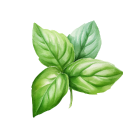
Basil:
Enhances flavor, mutual growth support
-

Cucumber:
Deters pests like aphids and beetles
-
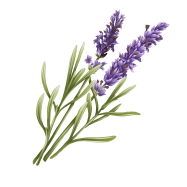
Lavender:
Thrive in similar conditions
-
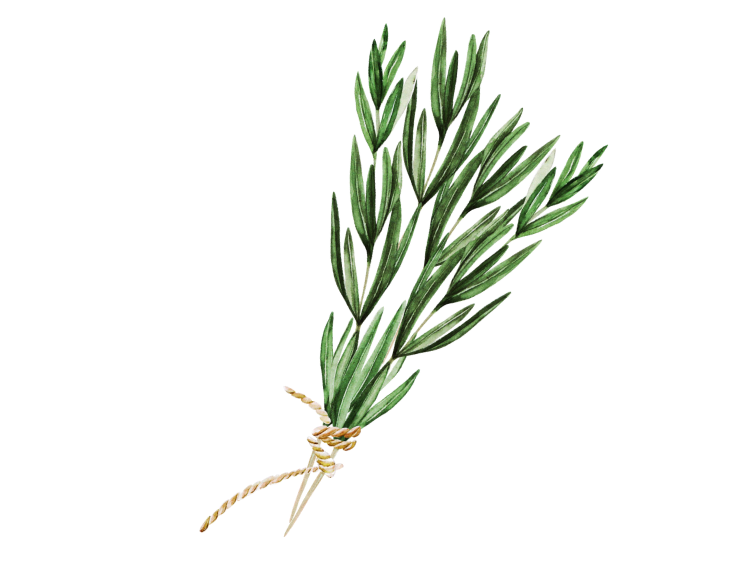
Rosemary:
Thrive in similar conditions
Enemy Plants:
-
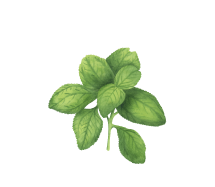
Mint:
Aggressive grower that can crowd out oregano
-
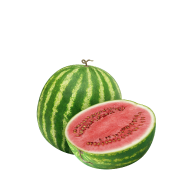
Watermelon:
Different watering needs
Attractants:
-
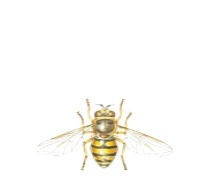
Hoverflies:
Attracted to oregano flowers. They are pollinators that can help control aphids
Repellents:
-

Cucumber Beetles:
Repelled by oregano's aroma
-

Aphids:
Attracts aphid predators
-
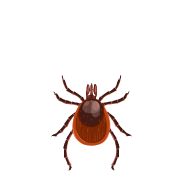
Spider Mites
Repelled by oregano's aroma
Best Time to Plant
USDA Hardiness Zones
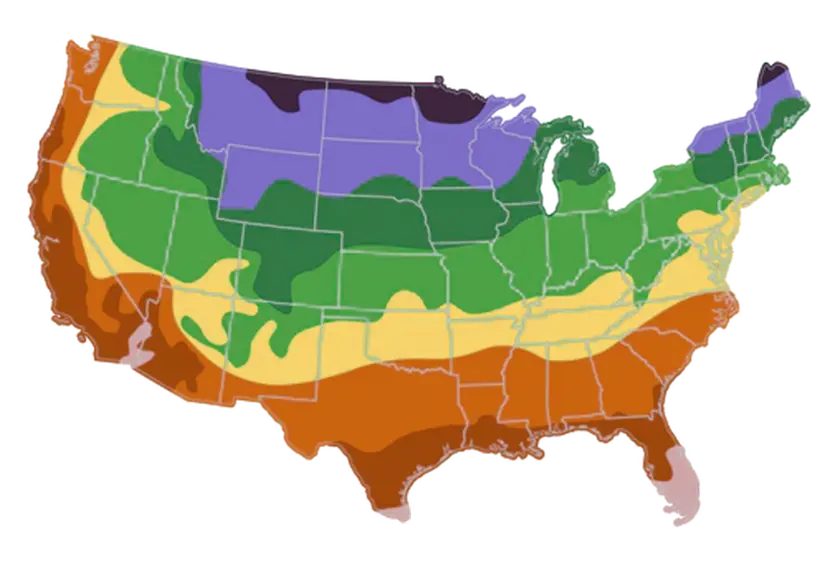
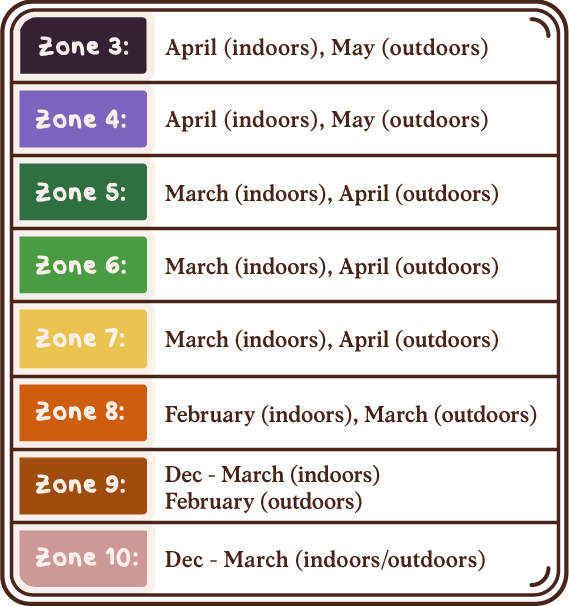
Day to Day Maintenance
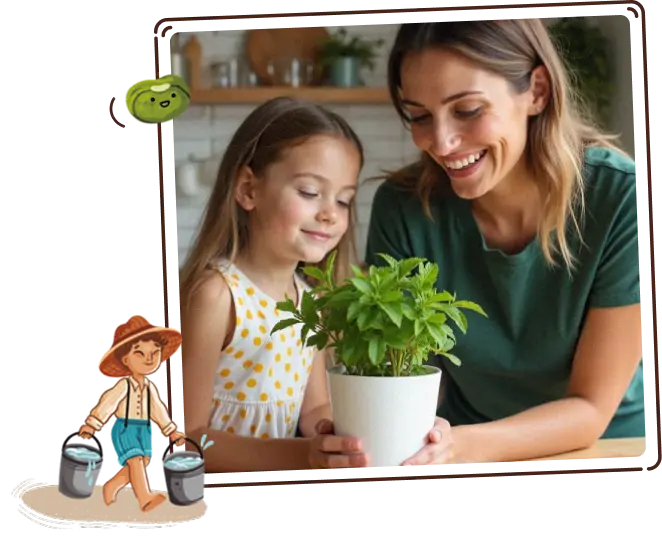
-
Watering
Oregano prefers slightly dry conditions, so allow the top inch of soil to dry out between waterings. Overwatering can lead to root rot, so ensure good drainage.
-
Pruning
Regularly trim back any leggy or overgrown stems to promote bushier growth. Pinch off flower buds as they appear in order to focus the plant’s energy on leaf production and prevent early seeding.
The Harvest
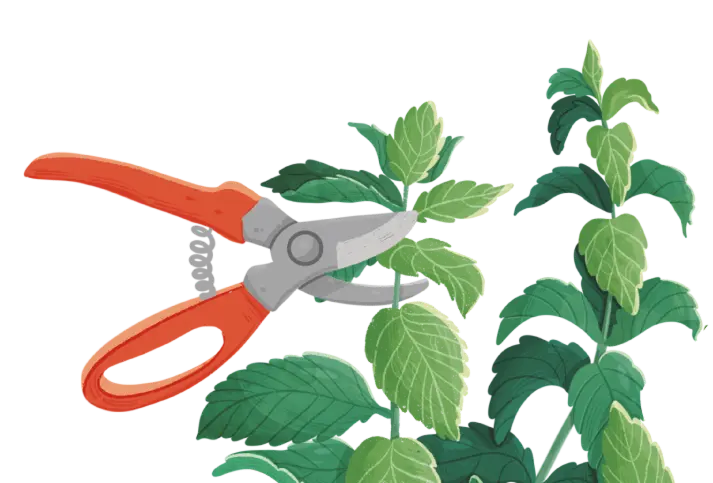
-
Gathering
Harvest the leaves with sharp shears once the plant is several inches tall to encourage new growth. Don't harvest more than one-third of the plant at a time.
-
For the strongest flavor, harvest the leaves in mid-summer, right before the flowers bloom.
Favorite Uses
-
Pasta Sauce
-
Pizza
-
Meatballs
-
Chicken
-
Infused Oil


How to Store
-
Drying
Duration: One year
Location: Dry and well-ventilated area out of direct sunlight
Method: Hang bunches of oregano upside down for 1-2 weeks or use a food dehydrator set to a low temperature. Once dry, store in an airtight container such as a glass jar or sealed bag.
-

Refrigeration
Duration: Up to one week
Location: Store in the refrigerator
Method: Wash and pat oregano leaves dry. Wrap loosely in a damp paper towel and place in an open plastic bag to allow airflow, helping to preserve freshness.
-

Freezing (Chopped)
Duration: Several months
Location: Store in the freezer
Method: Wash and chop oregano leaves. Spread them in a single layer on a parchment-lined baking sheet and freeze until solid. Transfer the frozen leaves to freezer bags, ensuring they are not packed too tightly to prevent clumping.
-

Freezing (Ice Cube Trays)
Duration: Several months
Location: Store in the freezer
Method: Chop oregano and fill ice cube trays with them, then cover with water or oil. Freeze until solid, then transfer the cubes to a freezer bag.
Fun Facts

-
Word History
In Greek, the word oregano means “joy of the mountain.”
-
Edible Flowers
The tiny white or pink flowers of oregano are not only pretty but also edible, adding a mild, peppery flavor to salads and garnishes
-
Culinary Family
Oregano is a member of the mint family, alongside herbs like basil and thyme, contributing its robust, earthy flavor to Mediterranean and Italian cuisine.
-
Ancient Medicine
Oregano contains compounds like carvacrol and thymol, which have antimicrobial and antioxidant properties. It has been traditionally used to relieve digestive issues, respiratory problems, and even as an insect repellent .
Subscribe to our Newsletter: "The Small Garden Chronicles"
Where curious growers gather for garden inspiration.











